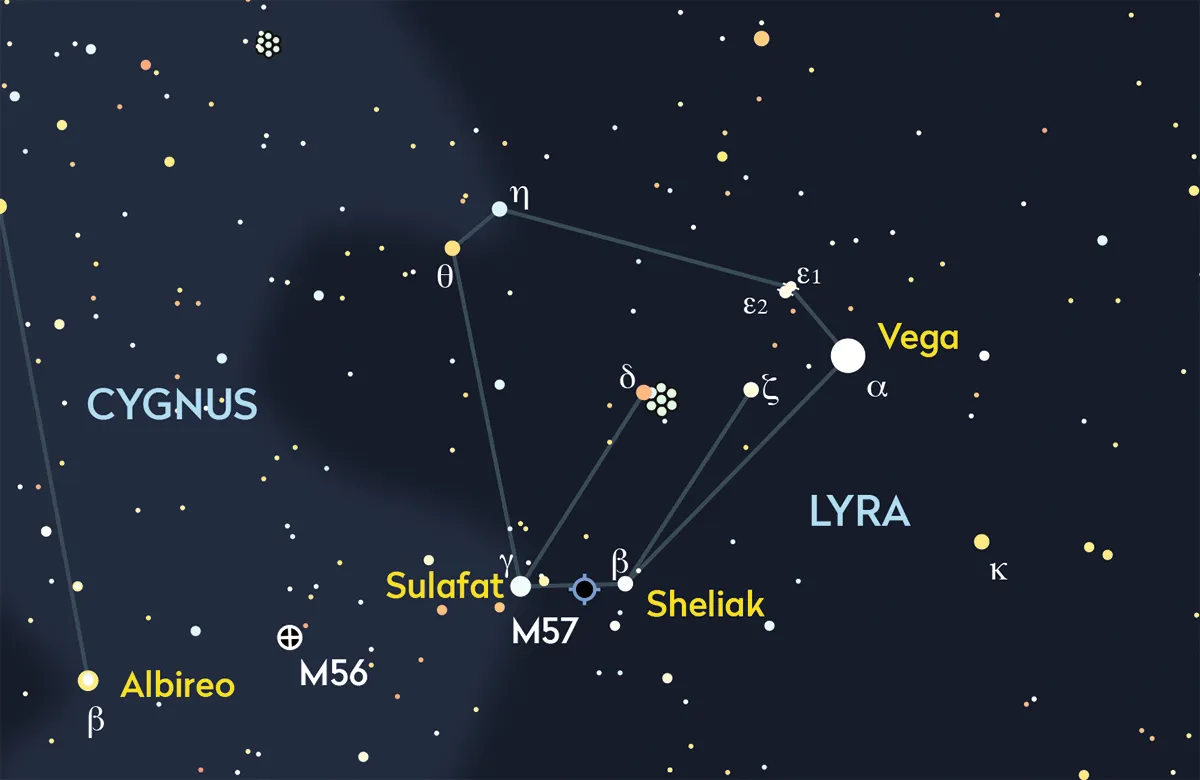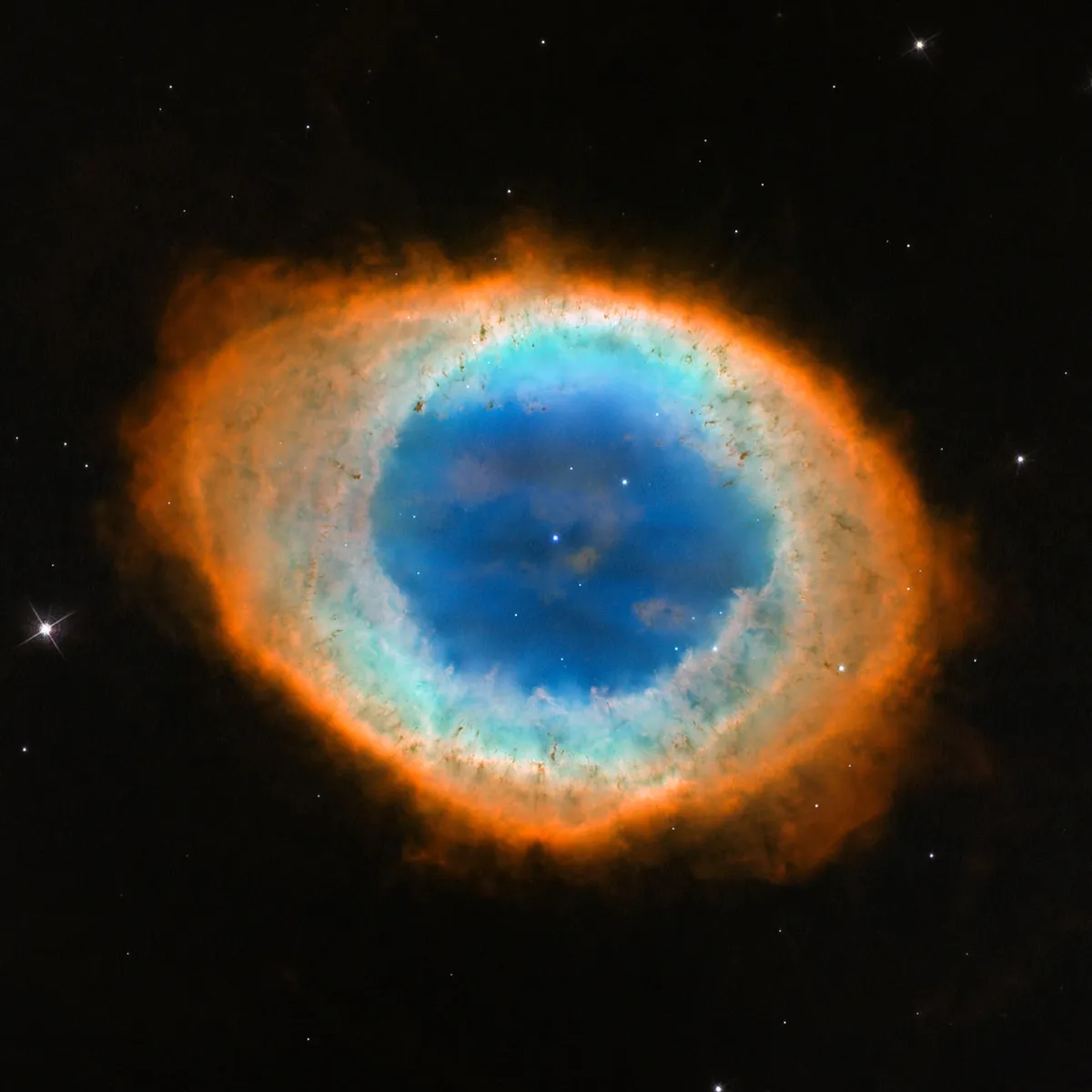Sulafat is the second brightest star in the constellation Lyra, and its name comes from the Arabic for turtle, ancient harps being traditionally made from tortoiseshell.
Lyra is one of the iconic constellations of summer. Its brightest star, Vega (Alpha (α) Lyrae), is easy to find, being one of the vertices of the large Summer Triangle asterism.

Hanging southeast of Vega is a squashed diamond pattern, the body of the harp-like instrument represented by the constellation.
In its southeast corner is Sulafat (Gamma (γ) Lyrae), at mag. +3.3 the second-brightest star in Lyra after mag. +0.0 Vega.
Facts about star Sulafat

Sulafat is a B9 III star, indicating it’s a blue-white giant. It is estimated to be 15.4 times larger and 2,430 times more luminous than our Sun, and has a mass 5.8 times greater.
It’s a dying star, having ceased hydrogen fusion approximately 150,000 years ago.
In 200,000 years, it will have become an orange giant, eventually ending its days as a white dwarf.

Between 1909 and 2001 it was believed to be a spectroscopic binary with a period of 25.6 days; however, it’s now considered a single star.
Sulafat makes a pair with mag. +3.5 Sheliak (Beta (β) Lyrae), 2° to the west-northwest.
The famous Ring Nebula, M57 – an iconic showpiece deep-sky object of summer – sits three-fifths of the way along the line from Sulafat towards Sheliak.
You can see this for yourself by spotting the location of M57 in our charts above.
This guide appeared in the September 2024 issue of BBC Sky at Night Magazine
